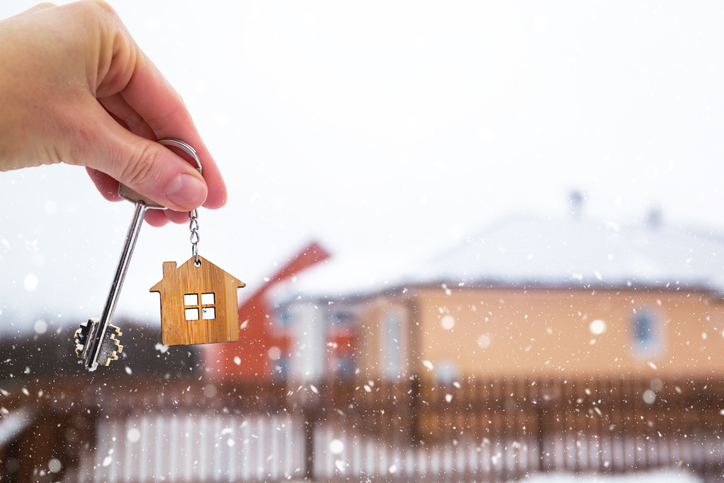
Real estate is a topic that’s always in the news as well as heavily debated in many social spheres. It’s also an area that is constantly evolving which can make it difficult to determine what’s fact and what’s fiction. One thing is true – there is plenty of misinformation when it comes to real estate. Here are five popular myths that are not true when it comes to buying or selling real estate in today’s market.
Myth #1 – Buying a house is always the best financial decision
There can be truth to the statement, “buying a house can be a good financial decision”, after all, buying a house is often the biggest purchase someone will ever make. However, there are times when it is simply not financially responsible to buy a house. Some examples of these times include:
- When your debt to income ratio is too high
- If your cash flow is limited
- If you have a lack of personal savings
- You have instability in your job
In short, if your disposable income is low and/or your debt to income ratio is high, it may not be wise to take out a mortgage. In addition, the goal of buying a house should never just be about buying as soon as possible. It can be easy to get swept up into the idea of homeownership but it’s advisable to look closely at your assets, make a plan, and embark upon that process when it makes the best financial sense to do so.
Myth #2 – You should buy as much home as you can afford
If you buy as much home as you can afford, you’re potentially setting yourself up for difficulty with the lemons life may throw your way. Not only will you be paying your monthly mortgage payments, but you’ll also be responsible for any unexpected repairs and the routine upkeep that come with owning a home. It’s better to buy a modest home that you can comfortably afford instead of stretching your budget to buy a larger one.
Myth #3 – A bigger house means a better return on investment
This is not always the case. A bigger house costs more to buy and maintain. So, unless you’re able to get a significantly higher price for your home when you sell it, you may not see as good of a return on your investment. In addition, the market conditions at the time of your sale will affect your final selling price. It’s not always possible to predict whether the market will be high or low at the time of your sale, but you can look at similar homes in your areas to get an idea of how much they are selling for.
Myth #4- The more expensive the house, the better it will be for reselling in the future
Similar to above, market conditions can be difficult to predict. The more expensive a house is, the more difficult it will be to sell at a price that makes you a profit. However, there are some other factors that can affect whether your home has good resale value:
Some of these items include:
- Your home is located in a desirable neighborhood
- The cost of living near your home is reasonable for those looking to buy it
- You’ve made updates to the home – especially kitchen and bathroom
Myth #5- I don’t need a real estate agent to help me buy or sell a home
Research has shown that homes marketed by agents tend to sell for more money and in a shorter amount of time than those that are not. For example, according to the National Association of Realtors, a typical for-sale-by-owner home sold for $260,000 vs $318,000 for an agent-assisted home sale.
An agent can help you negotiate the best possible price for your home. They will have extensive knowledge about the market conditions in your area and can advise you on when to buy or sell.
An agent will be able to refer you to reputable lenders, contractors, and other professionals who can help you fix up or clean your existing home or get estimates on costs to remodel a potential new home. Their networks are deep with people who are skilled in multiple facets of the real estate process and the needs of homeowners.
If you want the best possible experience with real estate, it’s very advisable to work with a realtor.
In summary, there are a few myths that people often believe about buying and selling homes. However, it’s important to remember that there is no one-size-fits-all answer when it comes to making these decisions. You should always consult with a professional before taking any major steps in the real estate process.
Image credit: GOCMEN | iStock | Getty Images Plus










